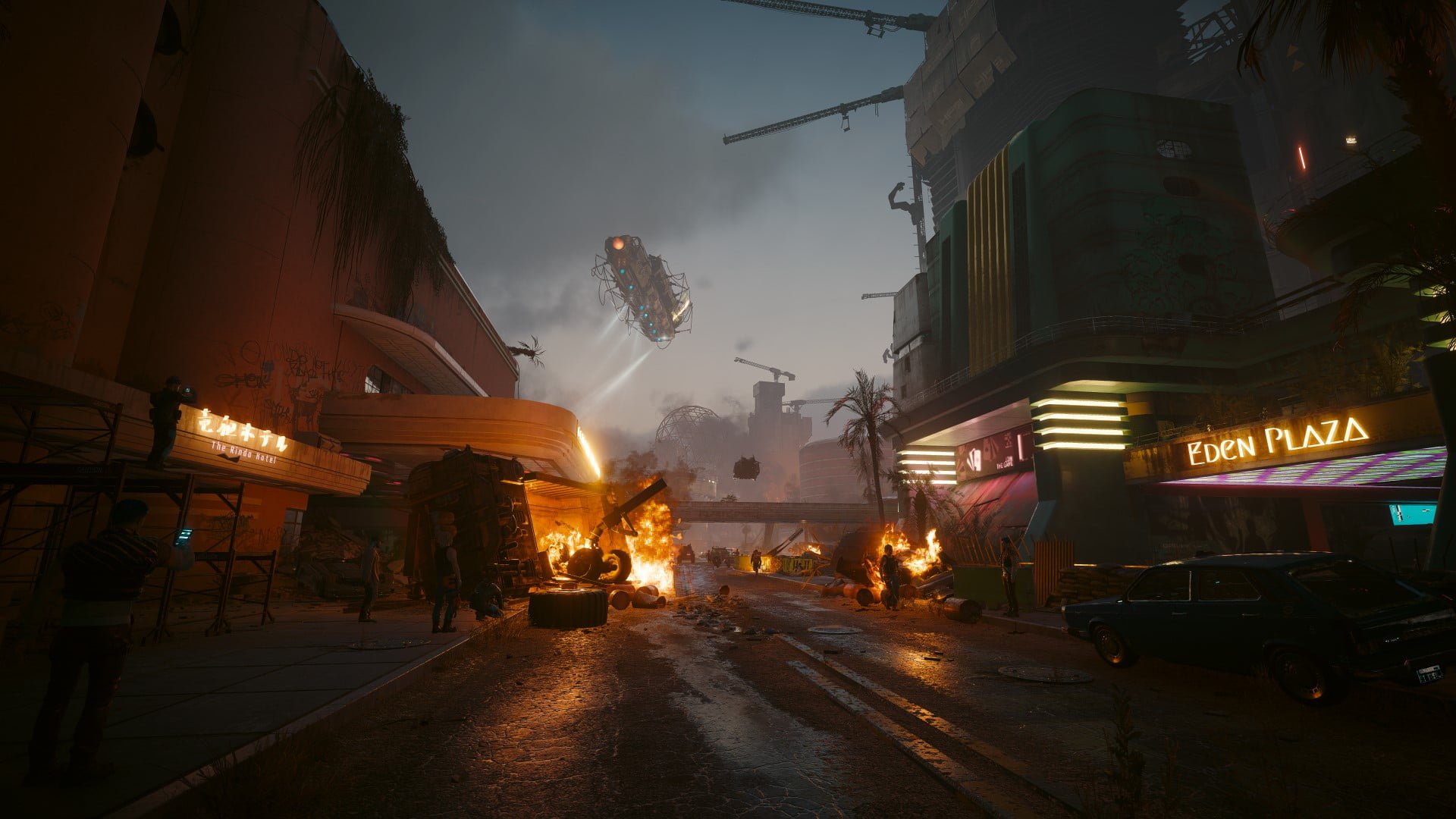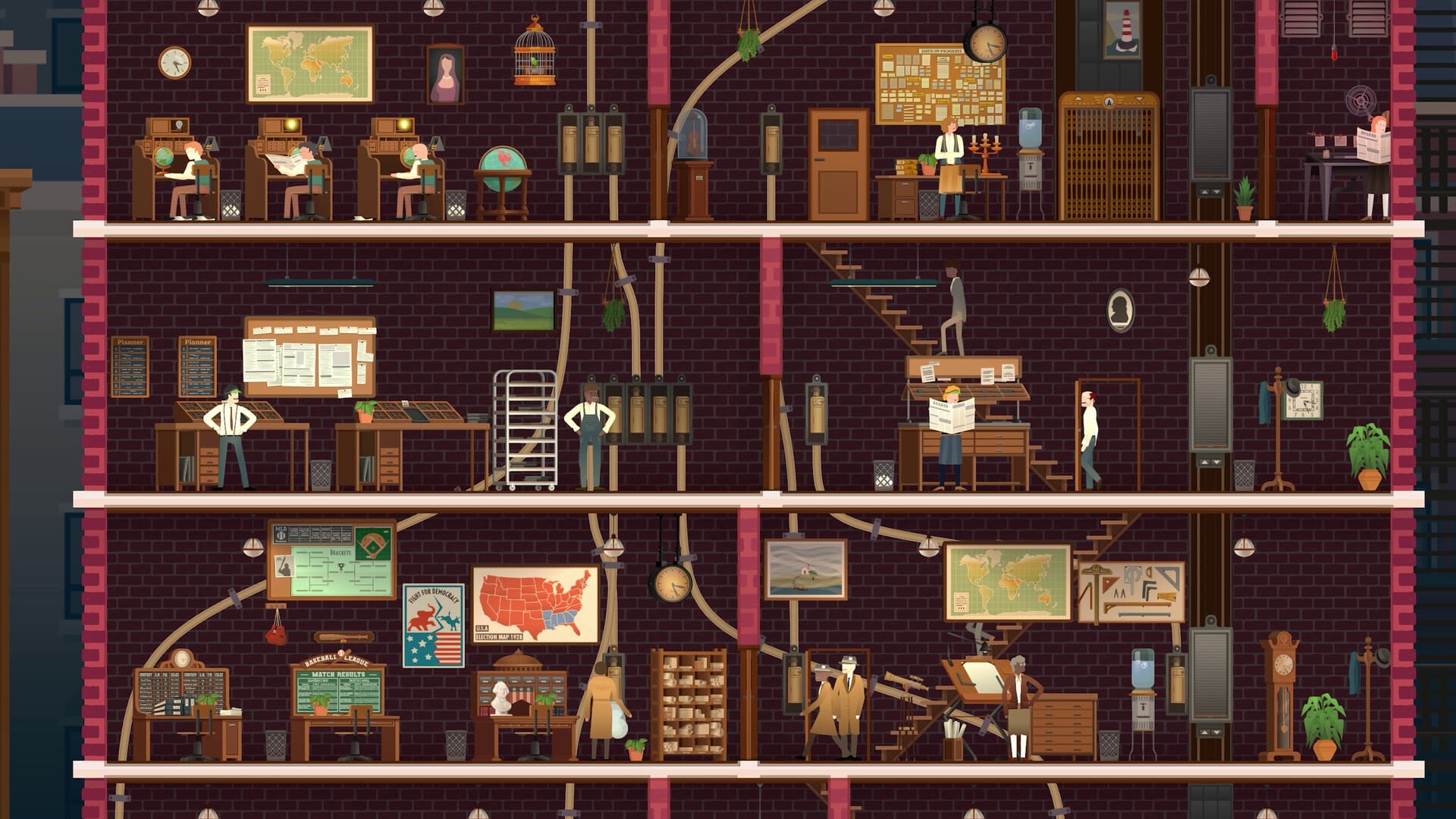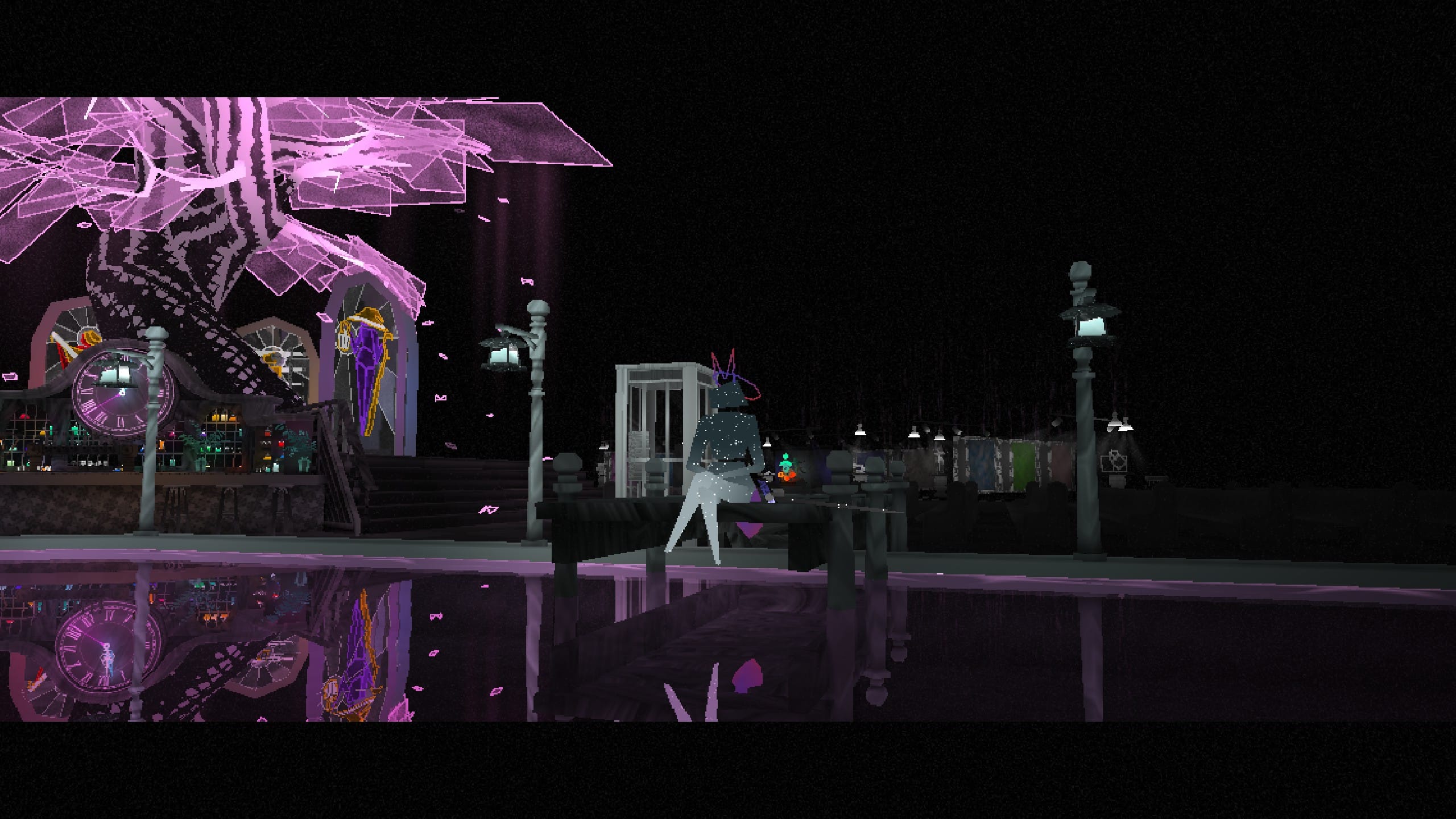Coming up on three years ago in December 2020, Cyberpunk 2077 endured quite an infamous launch. Released in an extremely broken state, the game suffered from a variety of serious performance problems, buggy quests, and visual quality on last-gen consoles which was completely atrocious. Despite this, I still found quite a lot to appreciate, and I’ve kept the game installed since that time, continually jumping back in when there were major updates. This month sees the release of the game’s most significant free update since launch, which they’re dubbing 2.0, alongside its first paid expansion, Phantom Liberty.
Phantom Liberty is a mid-game expansion which slots alongside the main game story. For returning players without a mid-game save, they will be given the option to skip ahead directly to that section of the game should they wish. It’s set within the new district of Dogtown which is within the previously inaccessible interior of Pacifica; the region of Night City left semi-abandoned and derelict after the rich corporations pulled out. Dogtown has been turned into a militarized fortress prison by private military company Barghest and their authoritarian leader, Colonel Hansen.

The main plot of the expansion is, very deliberately, a pastiche of the film Escape from New York (1981). Your character V is roped in by a hacker named Songbird to rescue the President of the New United States, Rosalind Myers, whose spaceplane has been shot down inside Dogtown. You need to infiltrate the district, rescue the President and then get her to safety. Naturally things don’t go quite according to plan, and the story extends into a longer saga where you are actually free to leave Dogtown and roam around the rest of Night City doing other quests, should you so wish. Alongside the main story there are also new side missions and gigs added by the expansion, including new vehicle delivery missions.
The expansion opens in an extremely action-packed manner with a number of linear missions, but does allow you to properly explore the new district after the introduction is complete. Dogtown itself is a fantastic new area, with a vibe kind of like a decaying but anarchic Las Vegas. One end is dominated by the Petrochem Stadium, which was in the game before but previously inaccessible and has now been transformed into a market, while the rest is adorned with crumbling hotels and former luxury restaurants. It’s not an enormous area but it is extremely dense and filled with a variety of new characters, shops and side quests.

The expansion comes alongside a radical free overhaul to the entire game, update 2.0. Large parts of the core RPG system have been completely redesigned, particularly the stats, perk trees, and cyberware systems. Levelling up used to be based on a system which was most similar to that of The Elder Scrolls IV: Oblivion, in that you had to use particular skills in order to level them up. This meant that in order to level up crafting, you had to craft weapons, over and over. Now, all the previous skills have been refined down into five broad skill groups (Headhunter, Netrunner, Shinobi, Solo, and Engineer) which you then level up more naturally.
The perk trees are still based on the same key attributes as before; Body, Cool, Reflexes, Intelligence, and Technical Ability. However, the perks within each tree and the upgrade paths are almost completely different, with extremely few of the same perks being retained across versions. Indeed, anyone loading into an old save will see all of their old perk points refunded, available to be distributed from scratch. The Phantom Liberty expansion also unlocks the previously hidden Relic skill tree, which uses specific Relic perk points which can be acquired by searching around Dogtown. The Relic perks can be quite powerful when fully upgraded, giving V a significant edge in combat.

Speaking of combat, this has been improved and updated as well, with many guns having different characteristics as well as different modifications, feeling punchier and weightier. Likewise, the police system has also been overhauled. The police were extremely unrealistic when the game first released, often spawning out of nowhere directly behind the player. Now, police officers appear more naturally when crime is committed, driving up in police cars or running in on foot, and calling in support if you continue your crime spree. Car chases and vehicular combat has also been added to the game, meaning the police now actually chase you as well.
A load of systemic streamlining and minor changes have also been made to other areas of the game. Clothes now have no armour value meaning they are primarily purely cosmetic, although some pieces do still offer bonuses. Before you’d be running around dressed in a hodgepodge of random clothes because you chose whatever had the best stats, but now you can dress according to your own style. However, you can now set wardrobe costumes which will give the visuals of a particular piece of clothing, even if you want to slot different clothing for a necessary bonus. Gun mods and hacking mods have also changed, with higher level hacks requiring more RAM upgrades to be able to pull them off.

The cyberware augmentation system has likewise been completely revamped, where your body can be upgraded to support more augments as you level up, alongside being the primary method of adding armour (to replace clothing). You can spec your character towards being able to use more cyberware abilities, or choose to invest your perks elsewhere. Health pickups and grenades are now on cooldowns, meaning once you acquire a single copy, you have an infinite supply, allowing you to use two grenades or two healing items before the cooldown triggers. There are also some sensible quality of life changes, such as being able to purchase cars through the in-game Internet rather than having to drive to a particular location, as well as a method of obtaining significant discounts for the price of vehicles.
I should say that I did have some rather major performance problems with Phantom Liberty, even when running DLSS in performance mode. Like the original game did around the Kabuki market, the frame rate can just completely tank in some areas, particularly the interior of the stadium where loads of shops are very close together. I hope patches can address this, as they previously did for the rest of the game. Aside from this there are no glaring bugs however, although some old bugs do still remain (I encountered a police officer chest high phasing through a pavement for example).
By itself, Phantom Liberty is a very enjoyable expansion to Cyberpunk 2077 which helps to flesh out its world a lot more, with some interesting characters as well as adding in a new district within a previously inaccessible area in the middle of Night City. When combined with the various free improvements of the 2.0 update, however, it really makes Cyberpunk 2077 feel quite significantly different. The core gameplay remains the same as before, but certainly feels more satisfying now a lot of the bugs have been ironed out, and having been given the level of polish the game should have had since launch. It’s not a No Man’s Sky-esque total conversion upgrade which completely reinvents the game, but Phantom Liberty and update 2.0 absolutely makes Cyberpunk 2077 a lot closer to what its original vision had promised.





